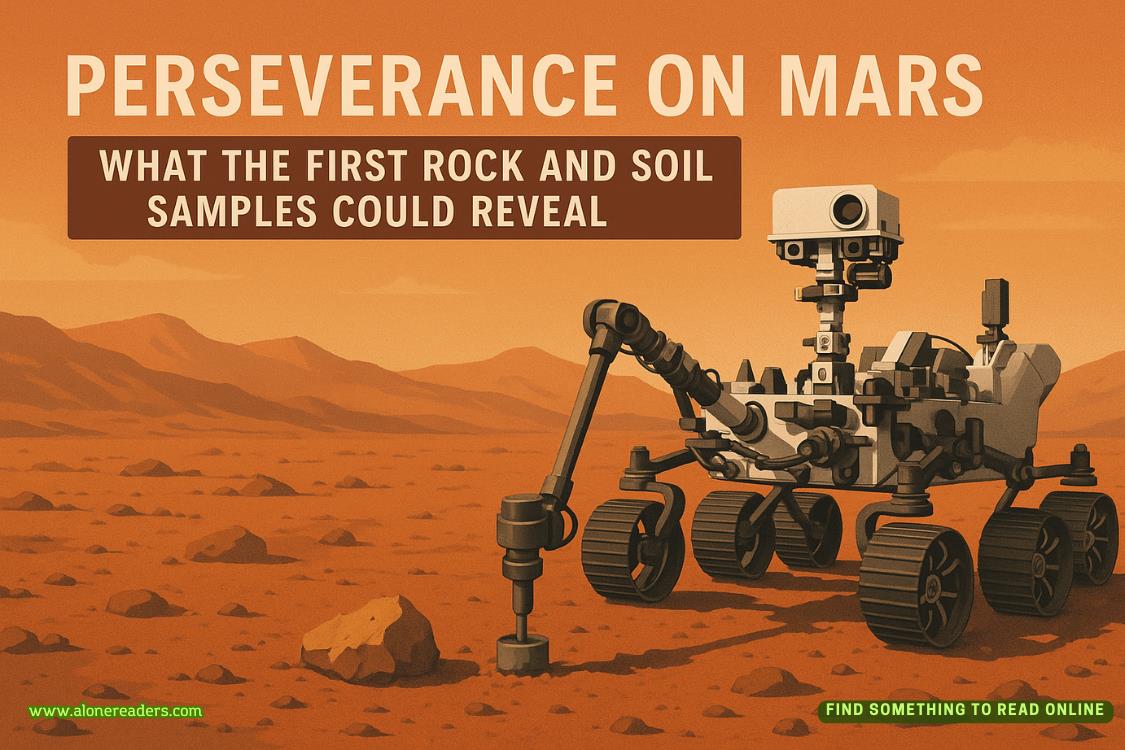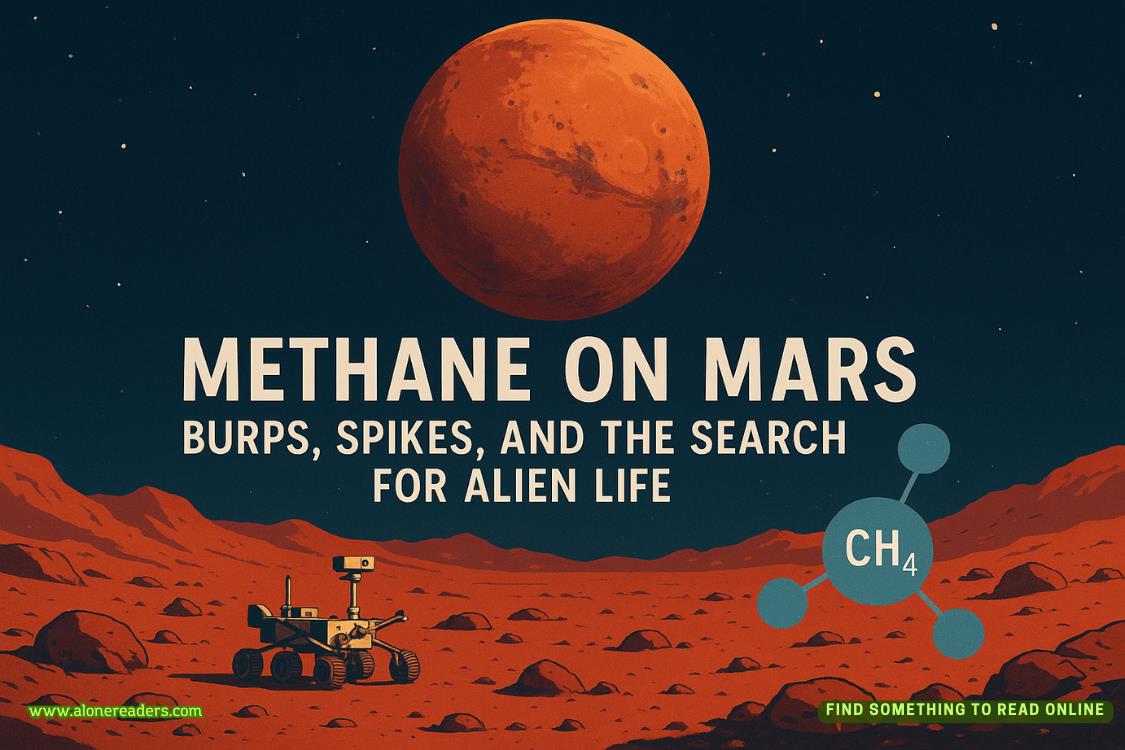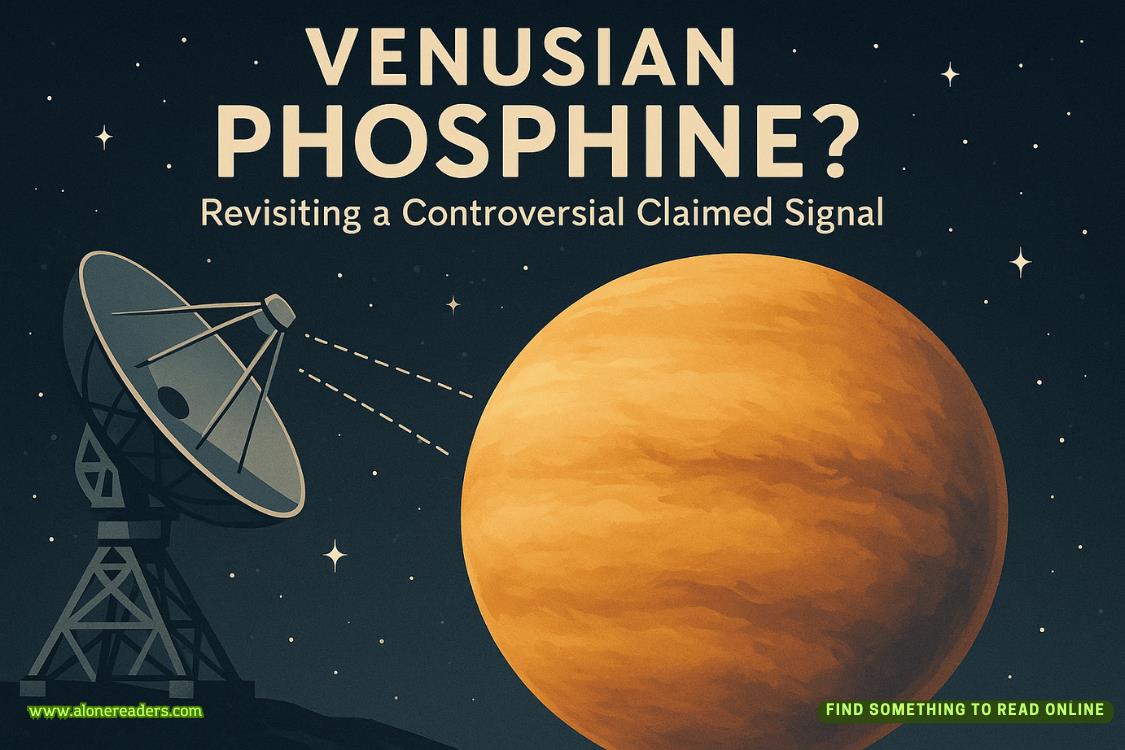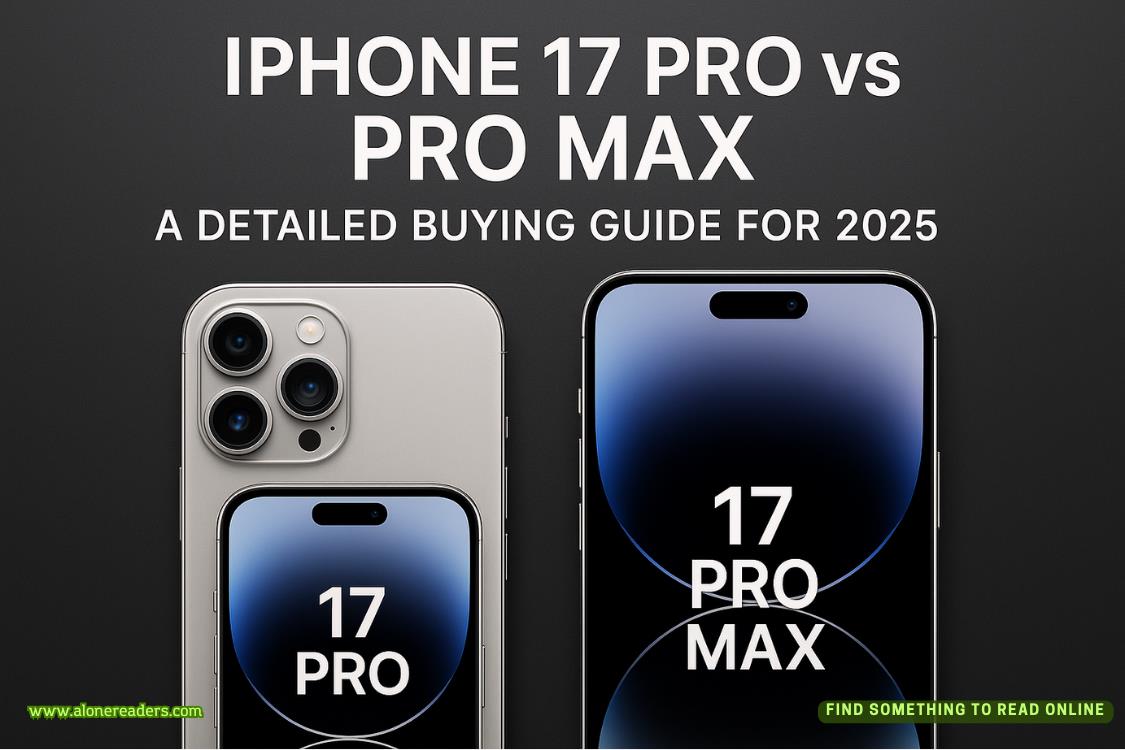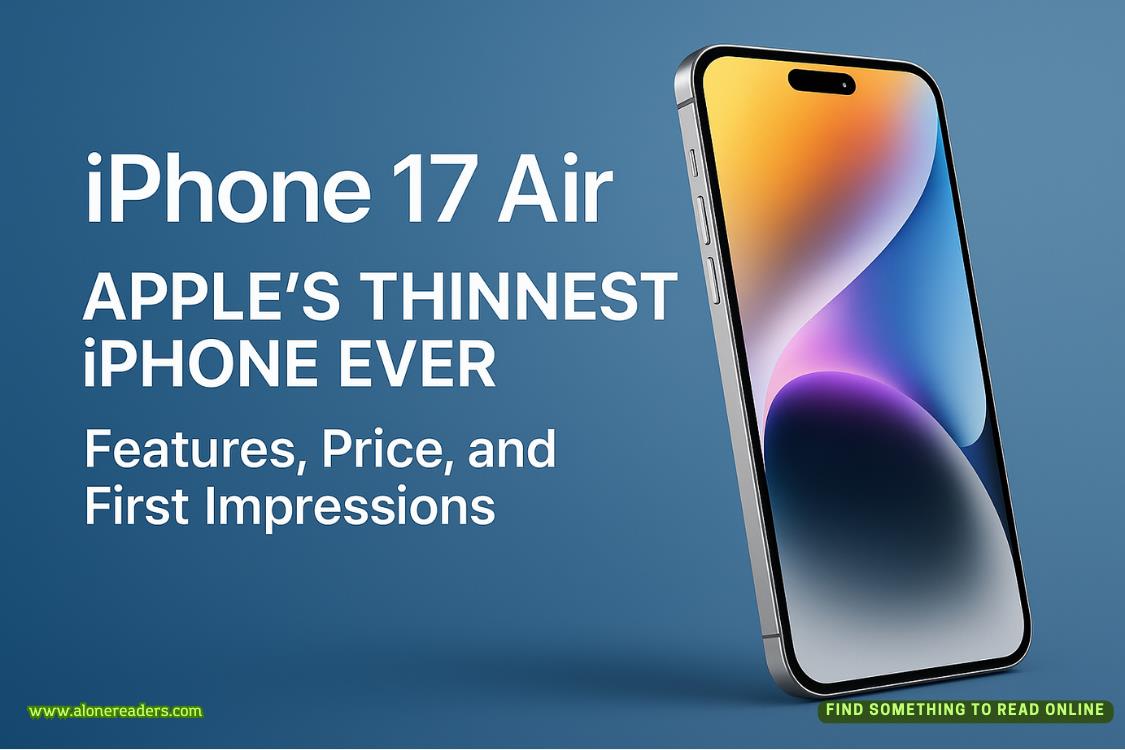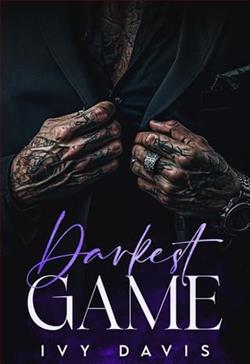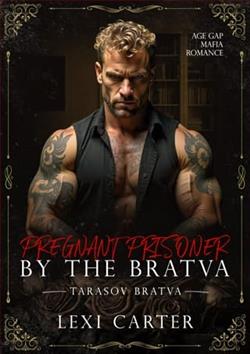Page 102 of The Oligarch's Daughter
1:05.
There were originally five investors, he saw at once.
Five very rich people, that meant, had put money into Galkin’s firm. Maybe they were oligarchs.
Of course, just because he had the folders on the five possible oligarchs didn’t mean he had their names. They would use shell companies. That was what oligarchs did. Not just oligarchs, but plenty of rich investors cloaked their identities in shell companies.
But Paul would get what he could. He would look—
Just then, he became aware of a clatter and mumbled voices and looked around with alarm.
It was a custodian with a vacuum cleaner strapped to his back, a middle-aged, slump-shouldered man with dusky skin.
“Hello,” Paul said.
“Boa noite, senhor,” the cleaner said.
He was the only cleaner in the office now, he was quite sure, but the custodian had likely seen employees working late before. It would not be good if someone saw that Paul was working at someone else’s computer. But the cleaner probably had no idea whose desk was whose.
This would not be one of his problems, he assured himself.
He went back to Gartner’s computer screen.
*
Seventeen years ago, five investors had put money into Galkin’s fund.
Five investors.
Paul looked in each folder, one by one. Looking for the names of the investors.
Instead, he found the names of shell companies and the banks they’d used.
Ocean Palm Holdings Ltd., Pacific Private Bank of Vanuatu
Windward Northern LLC, Partners Bank of St. Lucia
Duchy Investments Ltd., DBS Bank, Guernsey
All sketchy-sounding banks in sketchy jurisdictions. In other words, he knew nothing about where the money came from.
He opened his laptop, opened a new Word document, and typed in the names of the shell companies and their sketchy banks.
He totaled up the money each mysterious shell company had deposited into Arkady Galkin Finance LLC. It added up to $2.3 billion.
Then he had a brainstorm.
Within the Legal folder, he found another folder titled KYC, for “Know Your Client.” Or maybe it was “Know Your Customer.” A mandatory process ordered by the U.S. government shortly after the attacks of 9/11, KYC forced banks and financial institutions to verify that a client was really who he said he was. As Addison had pointed out, the government didn’t get to see the KYC documents. Not with a private equity firm. They were kept private.
Yes. There they were. For each depositor, there was a KYC document. A “Customer Information Form.”
He opened the first one, for Duchy Investments Ltd., and there was the information:
Full Name: Natasha I. Obolensky
Date of Birth: September 6, 1977
Nationality: Irish
